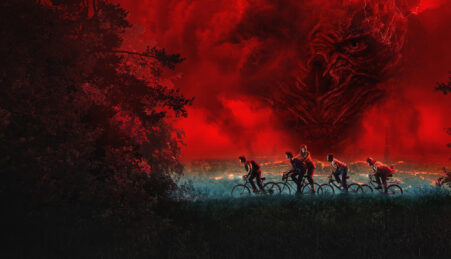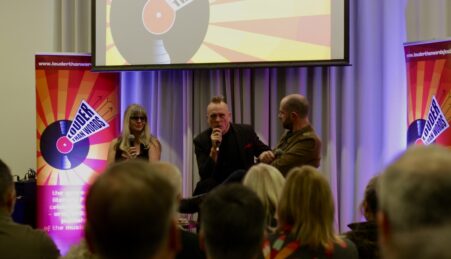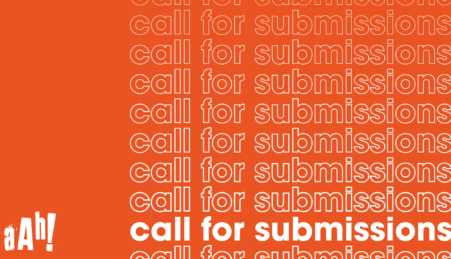Written by Justine Chamberlain
It was in my mid-twenties that I realised I had Synaesthesia, and I was pretty happy about it. I’d always noticed the colours and had wondered about the sounds, but to put it together as the same thing was pretty interesting.
What am I talking about? OK. For me, words have a colour. Any words, different kinds of colours. My name ‘Justine’ for example, has a hazy yellow to it. The word ‘hazy’ has a green one. The word ‘word’… I can go on all day. Spelt-out numbers are the same, but not really digits. If you read the line ‘watch puppets argue of war and love’ do you see what colour I’m writing in? Apart from ‘of’ and ‘and’, they are all surrounded by red.
The colours in words are the most vivid to me, but I also have aural synaesthesia. If I tell you a line from a poem I wrote the other day, don’t think about it as poetry but as an actual description of what’s happening: ‘[hearing] wrapping paper polka dots fizz’. I can tell it’s not the sound of something fizzing in the room, it’s an internal sound inside my mind.
But this is where it gets interesting to poetry. It’s easy to read a piece of poetry and think a poet is talking nonsense, but why not consider for a moment that the poet actually sees or hears the world that way, and is trying to give a good representation of their senses?
A quick internet search brings me to the Poetry Foundation with three examples:
“Light laughs the breeze in her castle of sunshine,” from Safe in their Alabaster Chambers by Emily Dickinson
“dull blunt wooden stalactite / Of rain creaks, hardened by the light.” from Aubade by Dame Edith Sitwell
a woman’s heart is made to “drink the pale drug of silence.” from Modern Love: I by George Meredith
There’s also a fine blog about synaesthesia in poetry at PoemShape. If you’re more interested in Romantic poets like Keats, then this is a good place to find fascinating readings about synaesthesia in poetry.
So synaesthesia is relevant to poetry because it’s already in there, but actually, I want to take it a step further.
Yesterday, writing the poem I mentioned above, it was written purely out of synaesthesia. I chose words from summer’s Poetry Review and arranged them in a colour coded table, then I wrote stanzas using words of yellow, one of green, one of red, and one of blue. I also wrote four stanzas describing the effects of hearing images. I might extend this, split it apart and create a series of short poems instead, and then find out if people recognise what’s happening, to see if they have synaesthesia and never knew it existed.
Synaesthesia can possibly be developed further if someone already has it, and I think that would be a beautiful thing to have in their life if they look after it.
The next time you are reading a poem and the description switches from one sense to another, think about where that came from, and enjoy it all the more for knowing the poet actually experienced that description.
You can read about synaesthesia on the University of Sussex’s website or UK Synaesthesia.
Justine Chamberlain loves the sound of her own typing. Follow her on Twitter @JustinesWriting and read her Blog: The Antics of A Poet.








Leave a reply